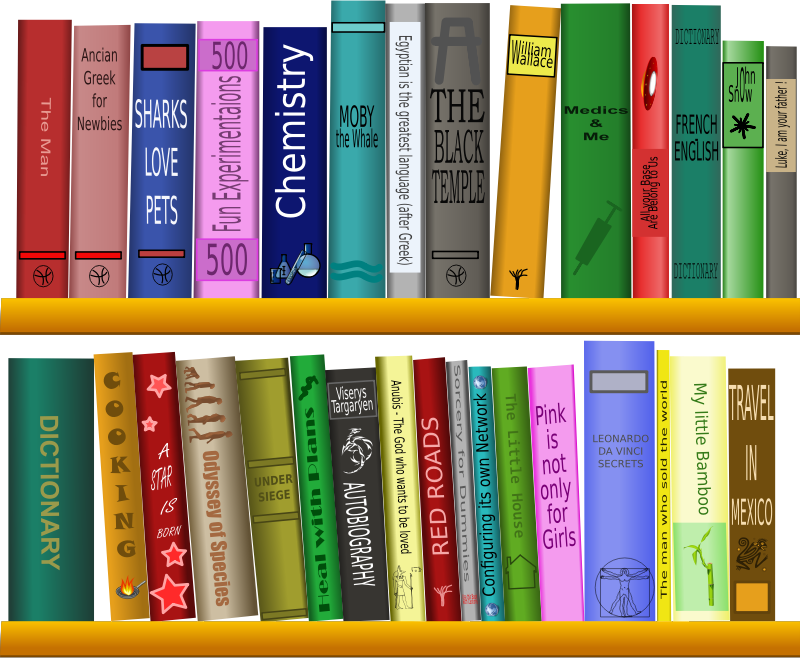Available at Amazon, Barnes & Noble, iBooks, Kobo, Scribd, 24 Symbols, Mondadori, Angus & Robertson, and Indigo (Chapters)
Rattle His Cage*
Mary and Dylan’s Story
Dylan, one of the Baxter boys–a group of young men who went to a special school for troubled teens–is in hopes of reuniting with his younger siblings now that one of them has turned 18. They’ve gotten lost and separated in the foster care system. Their parents had a meth lab, and Dylan took care of his siblings until they got taken away and split up. He is attracted to Mary, who is Kelsey’s former roommate, but he doesn’t feel that he is worthy of her. Mary moves in with the Baxter boys and some of their female friends because her other roommate brought in one of her friends to take Kelsey’s spot; they have made her life miserable. She works night shift at the hospital, and they won’t let her get any rest. Mary has some secrets of her own in her family some of which what she does not understand the full extent of.
Will Dylan overcome his feelings of inadequacy and pursue a relationship with Mary? Will he find his siblings? What are the ghosts in Mary’s closet?
There are things that I liked and didn’t like in this story. Profanity just for the sake of profanity is one of my pet peeves, and this book has it in spades in Dylan’s sections unfortunately. I am an RN, and I couldn’t quite figure out how Mary was working at the hospital between semesters yet still pursuing her nursing degree. Maybe I just missed a detail somewhere, but you can’t work as a nurse until you have your nursing license; student nurses don’t work in the hospital; we pay to learn in them during regular school semesters. And IV opioids? Highly frowned upon these days.
Both Dylan and Mary had vulnerabilities, so they took time to get to know and trust each other. While their attraction instant (and before the start of the present book), the romance aspect is a very slow burn, but it gets where it needs to be. This group of friends–the Baxter boys, girlfriends, and girls who are friends–grow and evolve as a unit, becoming more supportive of each other than many blood families.





